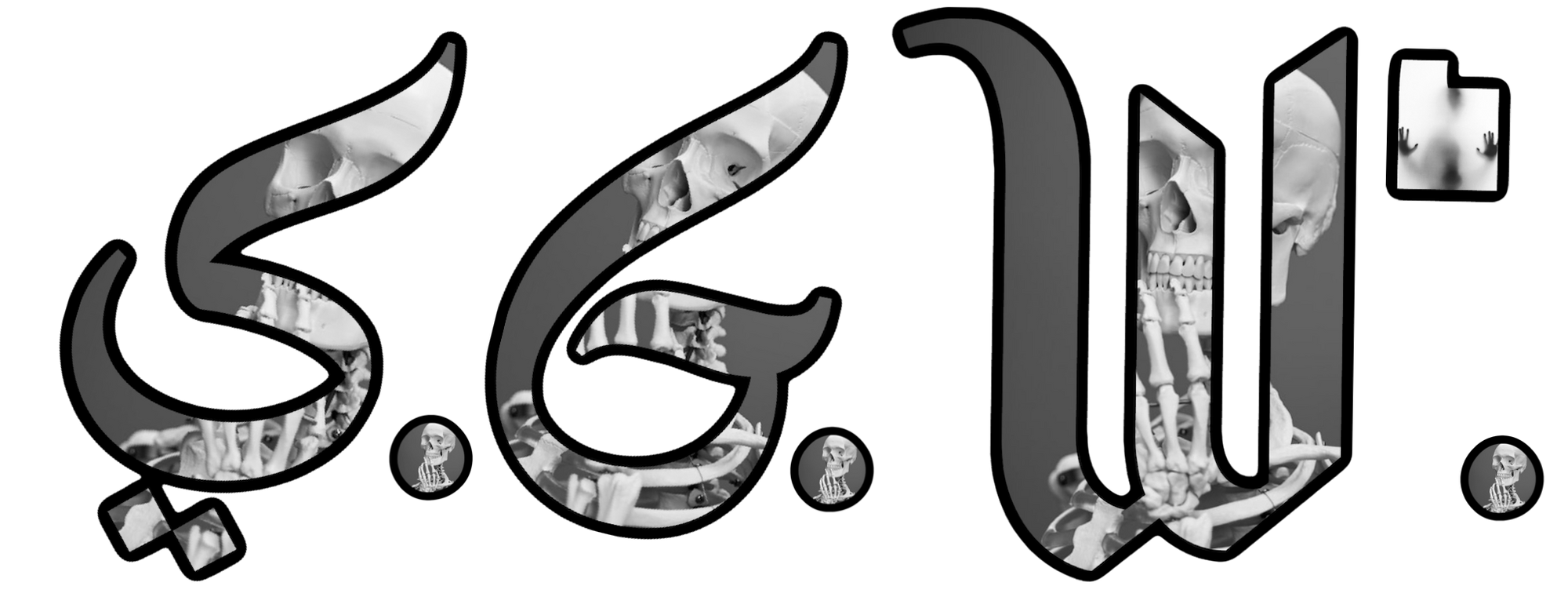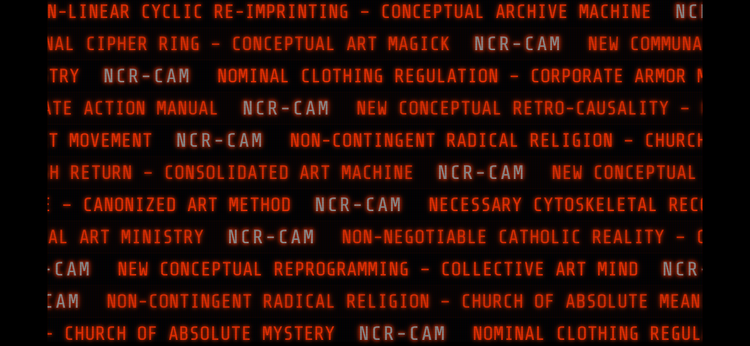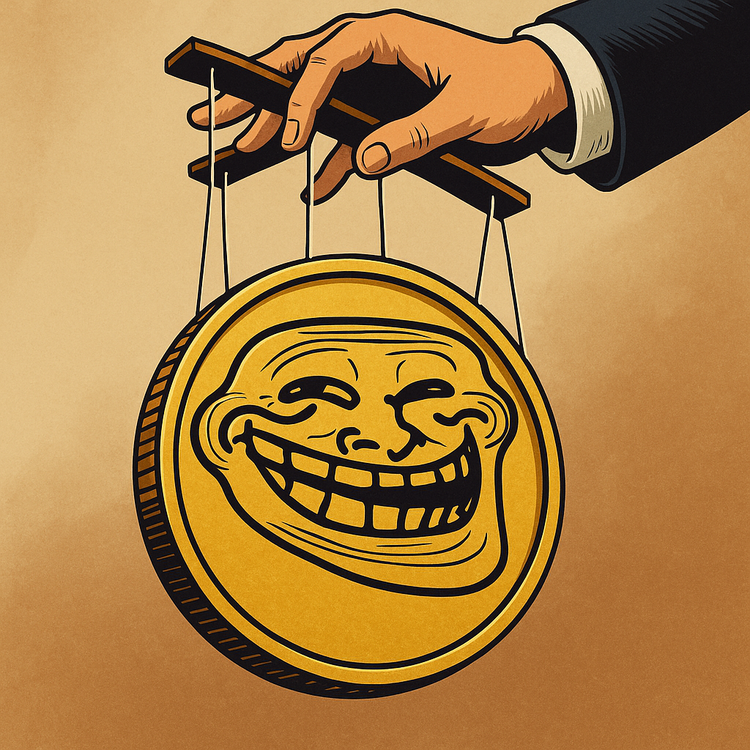The Corporate Art Movement™️

The Symbolic Order and Corporate Signification
The Corporate Art Movement represents a crucial node in the Lacanian Symbolic Order, where corporate symbols transcend their material origins to become signifiers in a vast network of cultural meaning. The Bass red triangle, in its profound simplicity, exemplifies what Lacan termed "points de capiton" - quilting points where meaning is anchored in the symbolic realm.
Consider how Novalis's concept of "romanticizing the ordinary" finds unexpected resonance here: "To romanticize the world is to make us aware of the magic, mystery and wonder of the world; it is to educate the senses to see the ordinary as extraordinary." The corporate symbol, in its ubiquity, performs precisely this function - transforming mundane products into vessels of collective dreaming.
The Dialectic of Labor and Art
The movement embodies a complex dialectic between:
- Thesis: Individual creative expression
- Antithesis: Corporate standardization
- Synthesis: Collective cultural production
This synthesis manifests in what we might call the "corporate sublime" - where mass production achieves a kind of transcendence through its very ubiquity. Here we find echoes of Novalis's "magical idealism," where the ordinary world is transformed through conscious artistic will into something extraordinary.
The Spectacle and Symbolic Capital
Drawing on Debord's concept of the spectacle, we can see how corporate art functions as both commodity and anti-commodity. It simultaneously reinforces and subverts the spectacle by:
- Converting economic capital into symbolic capital
- Transforming private ownership into public meaning
- Materializing abstract social relations into concrete symbols
Collective Consciousness and Corporate Totems
Corporate symbols function as modern totems, organizing social relations and mediating between:
- Individual and collective identity
- Material and symbolic value
- Temporal and eternal meaning
The red triangle becomes what Novalis would term a "romantic fragment" - a finite symbol pointing toward the infinite, containing within itself the seed of universal meaning.
The Dialectic of Presence and Absence
Corporate art operates in the space between presence and absence, where:
- The physical product becomes absent in favor of its symbolic presence
- The individual creator disappears into collective authorship
- The boundary between art and commerce dissolves
This mirrors Lacan's concept of lack and desire, where corporate symbols function as objects-cause of desire, forever promising but never quite delivering total fulfillment.
Technological Reproduction and Aura
Despite Benjamin's warnings about mechanical reproduction destroying the aura of art, corporate art achieves a paradoxical new aura through:
1. Ubiquitous reproduction creating collective recognition
2. Mass production enabling universal accessibility
3. Standardization generating its own form of authenticity
The Future of Collective Meaning
The Corporate Art Movement suggests a new form of collective meaning-making where:
- Traditional hierarchies of high and low art dissolve
- Individual and collective creativity merge
- Commerce becomes a medium for cultural production
This points toward what Novalis termed "progressive universal poetry" - a total art form that encompasses all aspects of life and culture.
Philosophical Implications
The movement raises fundamental questions about:
- Authenticity: Can mass-produced art be authentic?
- Agency: Who is the true creator in corporate art?
- Meaning: How does collective significance emerge from commercial intent?
Synthesis: Toward a New Understanding
The Corporate Art Movement represents a unique synthesis of:
- Romantic idealism and commercial pragmatism
- Individual expression and collective meaning
- Material production and symbolic value
In this synthesis, we find a new form of what Novalis called "magical realism" - where the ordinary world is transformed through conscious artistic will into something extraordinary, yet remains grounded in material reality.
This movement suggests that perhaps the true role of art in the modern age is not to stand apart from commerce and industry, but to transform them from within, creating new forms of collective meaning and cultural significance that speak to our contemporary condition.






Member discussion